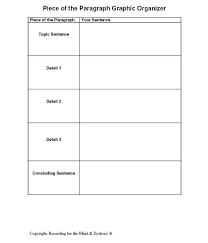
The Fullerton Arboretum is located on 26 acres of land at Cal State University Fullerton. The arboretum was created to give it's visitors the opportunity to gain knowledge about various types of plants and their diversity. It is a great place to take students to teach them about different types of environments and their regional heritage. The arboretum offers a 3rd grade environmental Education program for children and teachers. It is a plant-based science education program designed to support science education in local elementary schools in the City of Fullerton. The program is ran by volunteers, retired teachers and docents . It offers several benefits to students and teachers.
Some benefits include:
*Comprehensive lessons, activities, and materials for classroom instruction.
* Class field study trip led by nature guides focusing on activities that develop content
knowledge, vocabulary, and process skills related to the California Science Standards.
The arboretum is a great place to learn new things and relax and enjoy beautiful scenic views.










